On June 22, 1944, President Franklin Roosevelt signed the Servicemen’s Readjustment Act (USA), known as the GI Bill, to provide financial aid to veterans returning from World War II. The benefits included access to housing, small business loans, employment, and education.
While the GI Bill was federal legislation, it was administered by the states, where Jim Crow laws and practices severely limited equal access to the benefits.
Here are some questions to consider regarding the GI Bill:
Were the benefits for everyone?
How many elected officials, opposed to government programs today, benefit from their family having been on the GI Bill?
What is the impact of the GI Bill on racial disparities in the United States today?
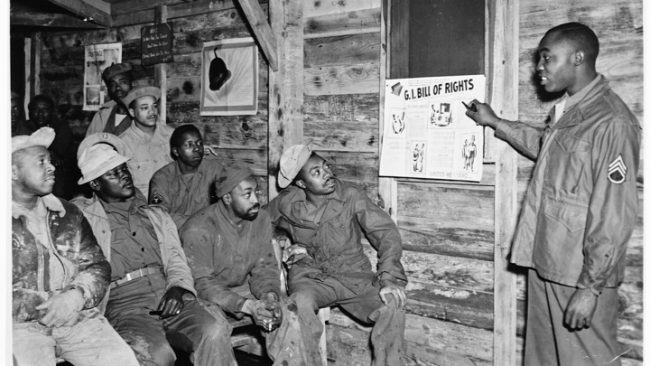
Staff Sergeant Herbert Ellison explaining the G.I. Bill to fellow soldiers Robert T. Walton, Tonil Carter, Lawrence Keys, Sam Anderson, James Millhouse, and James West of the 15th Air Force Service Command in Italy. Source: Library of Congress
The cartoon below compares the traditional curriculum about the GI Bill with a curriculum that explores the kind of questions we suggest above.

Cartoon used by permission of the artist Benjamin Slyngstad.
Learn More
Read “Our House Divided: What U.S. Schools Don’t Teach About U.S.-Style Apartheid” by Richard Rothstein and teach the lesson, “How Red Lines Built White Wealth: A Lesson on Housing Segregation in the 20th Century.”

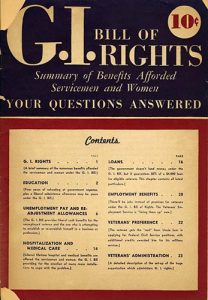
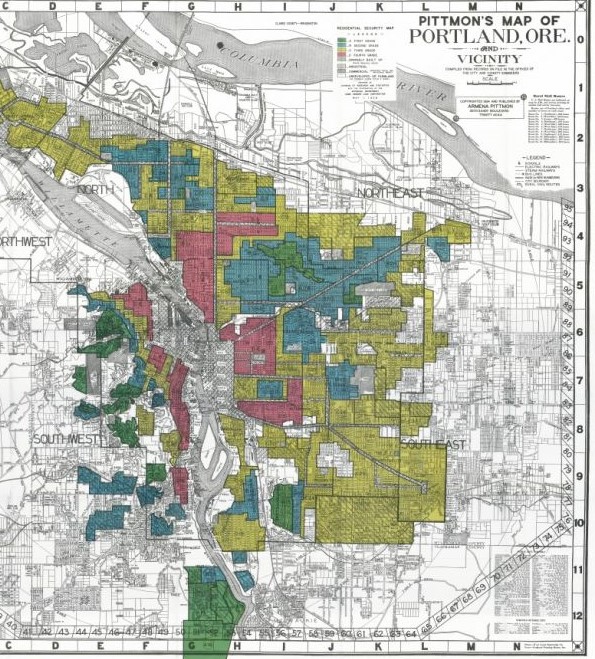
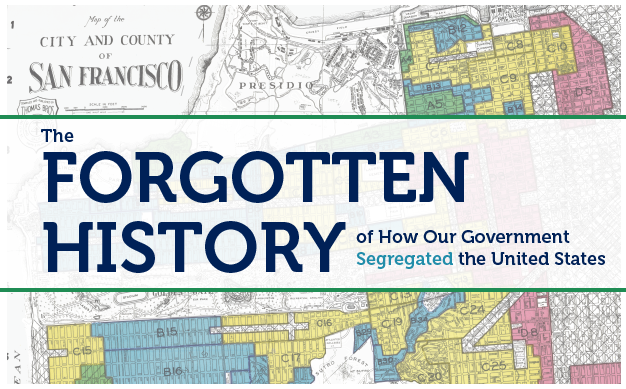

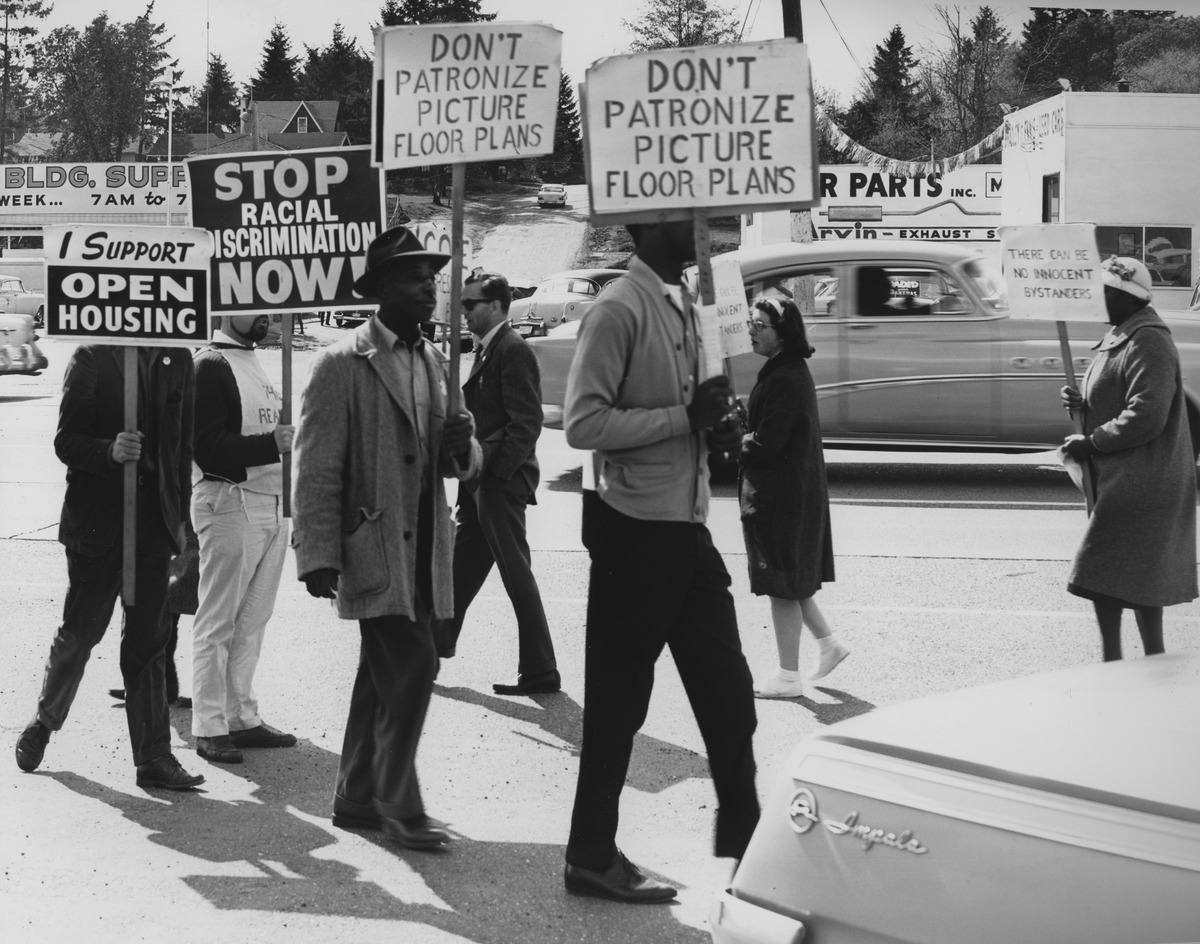





Twitter
Google plus
LinkedIn